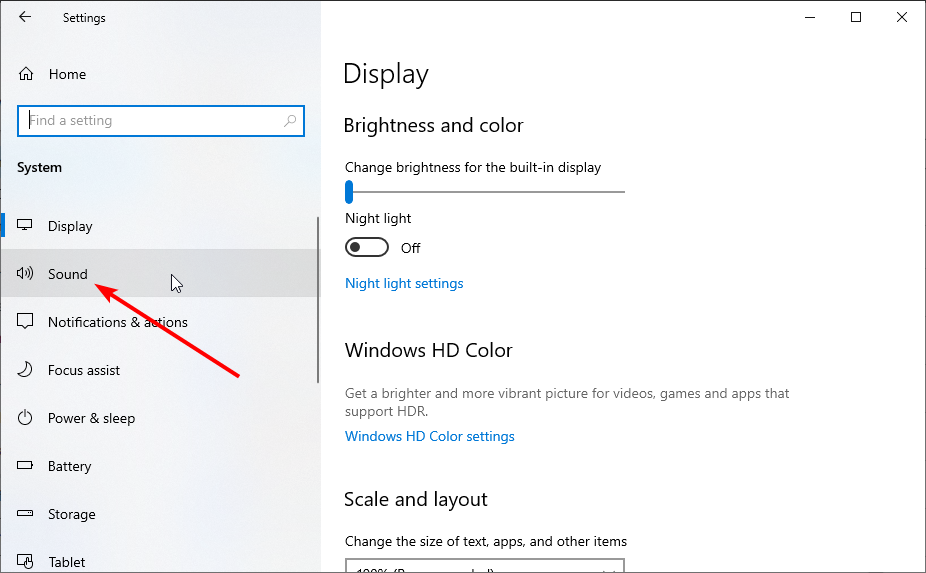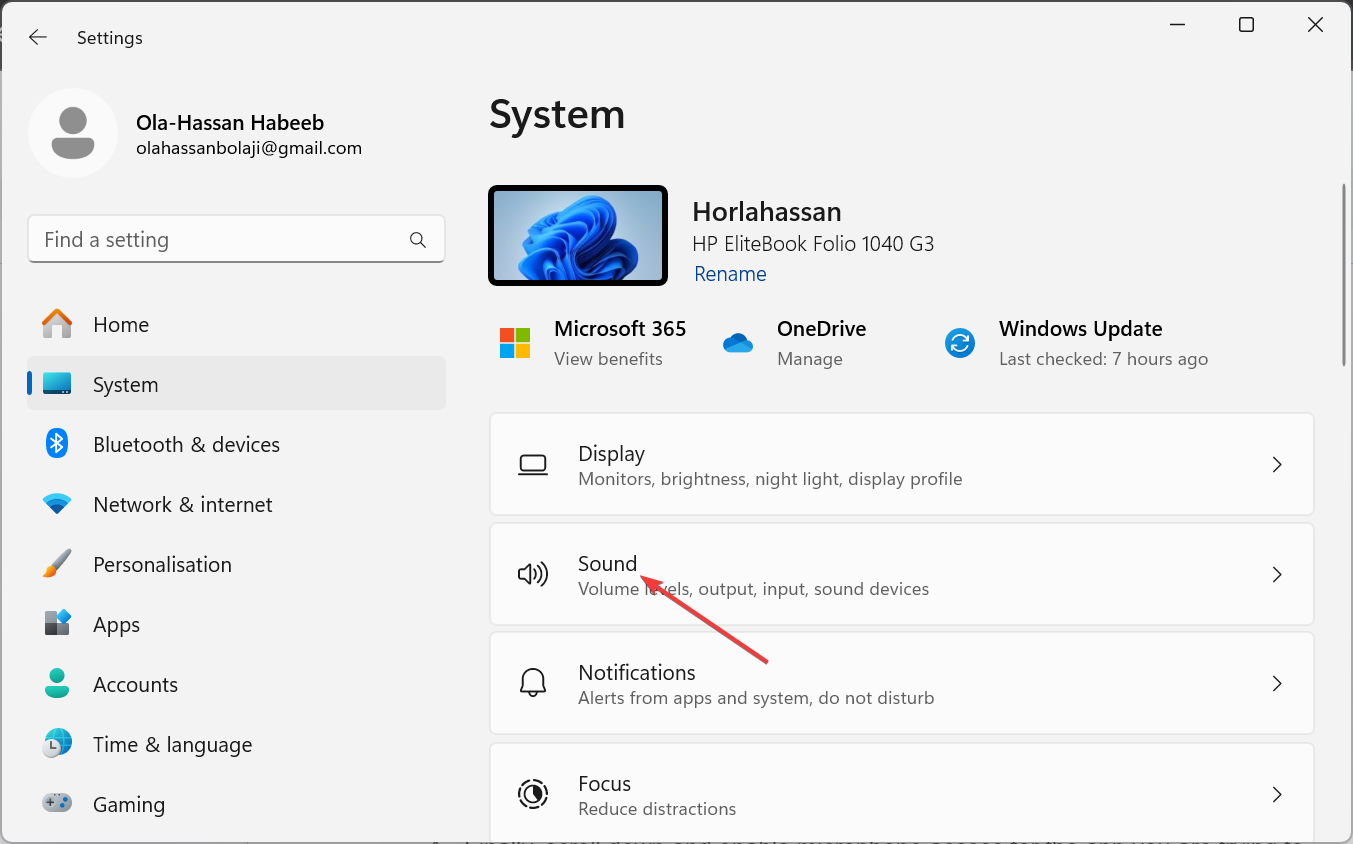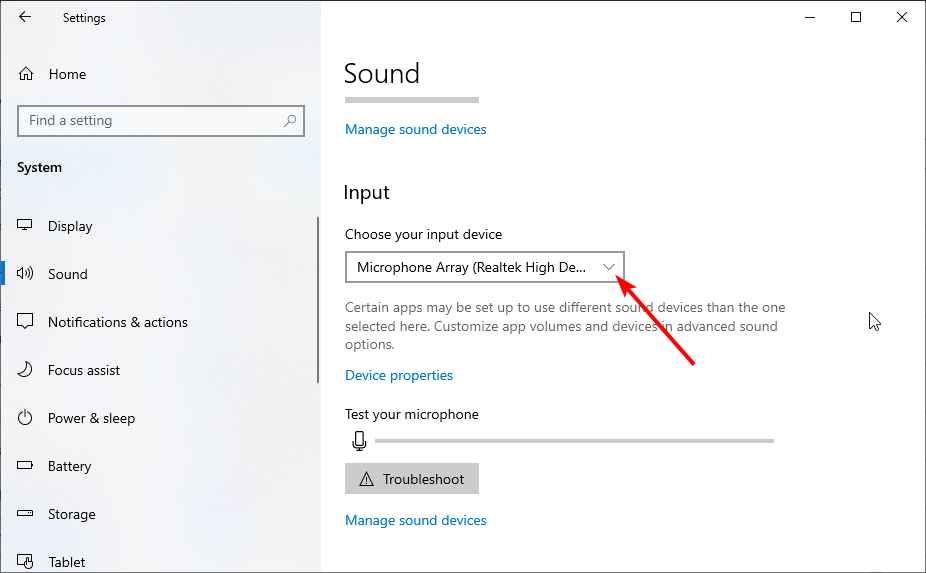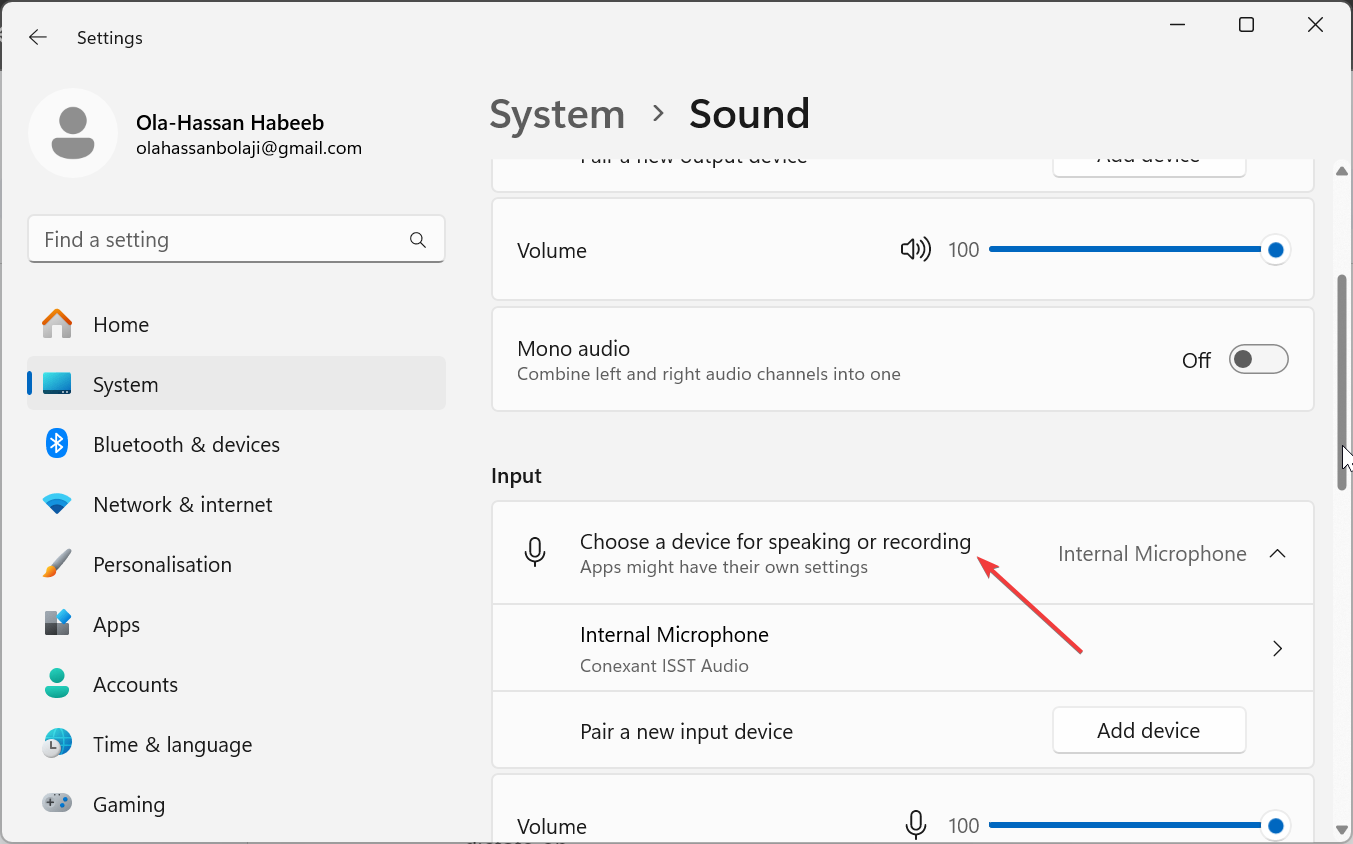Windows Dictation Function
Common speech recognition commands
Trigger dictation> Windows Key and "H"
To fully enjoy the Windows speech to text feature, you need to know the commands for performing different tasks.
Below are some of the basic commands you cannot do without:
Dictation commands
| To: | Say: |
|---|---|
| Add a new line in a document | New line |
| Add tab | Tab |
| Place your cursor before a certain word | Go to word, e.g., Go to House |
| Add a new paragraph | New paragraph |
| Put the cursor after a specific word | Go after word, e.g, Go after pen |
| Insert the literal word (e.g., to add the word “period” and not the punctuation mark full stop) | Literal word, e.g., Literal period |
| Jump to the beginning of the current sentence | Go to the start of the sentence |
| Don't add a space after the next word | No space |
| Jump to the start of the current document | Go to the start of the document |
Punctuation commands
| To insert this: | Say: |
|---|---|
| . | Period; Decimal point; Dot; |
| , | Comma |
| ? | Question mark |
| : | Colon |
| ; | Semicolon |
| ! | Exclamation mark; Exclamation point |
| @ | At sign |
| “ | Open double quote, Open quote |
| ( | Open parenthesis; Open paren |
- Press the Windows key + Spacebar to select the correct input language.
Ensure your microphone is selected
-
Press the ‘Windows’ key + ‘I’ to open Settings.
-
Select the System option.
-
Now, choose ‘Sound’ on the left pane on Windows 10.
 The option will be on the right of the Windows 11 System Settings.
The option will be on the right of the Windows 11 System Settings.
-
On Windows 10, click the dropdown under ‘Choose your input device’ under the Input section.

Click ‘Choose a device for speaking or recording’ under the Input section on Windows 11.

-
Finally, select your microphone.